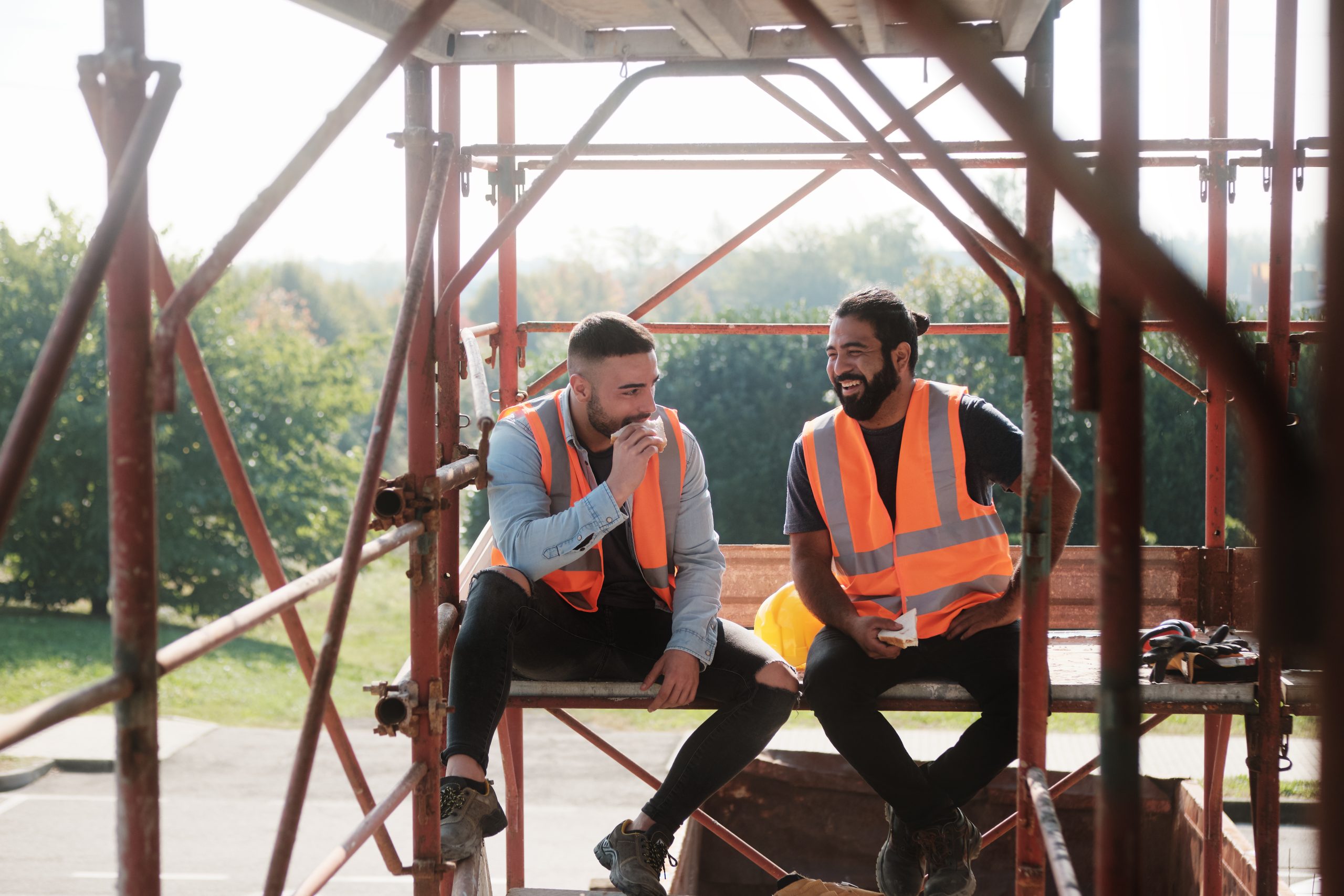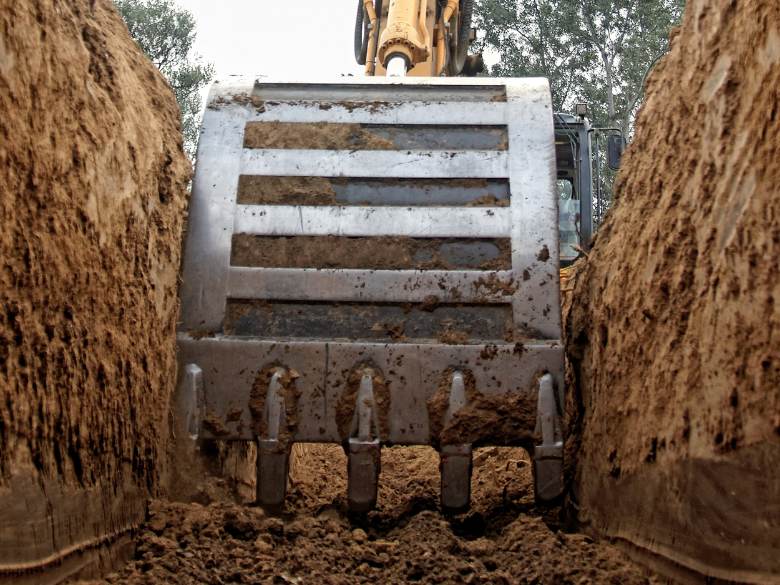Whenever there are multiple businesses on-site at once it can be a bit confusing who is responsible for what.
The simple rule of thumb is each business must do what they can, within reason, to keep everyone safe. This relates to their own team, other workers or anyone that steps on-site. The best way to do this, work together and communicate.
It’s everyone’s responsibility
On-site it is everyone’s responsibility to manage health and safety. Businesses must work together to keep all workers on-site safe. Chances are there will be overlapping health and safety activities and obligations when multiple companies are working together.
In this case, it’s critical everyone follows the 3C’s – consult, cooperate and coordinate.
By following the 3C’s businesses are ensuring that everyone is aware of any overlapping duties, so roles can be clearly defined and work isn’t impacted.
The importance of communication
Communication is key. Worksites are busy places. With contractors and subcontractors coming and going, there are a lot of moving parts. To maintain a safe working environment for all, communication must be prioritised.
If a new team comes onto site, make sure to run them through a full induction.
If it arises there may be an overlap in responsibilities, seek them out straight away and follow the 3 C’s.
Covering the gaps
When there is an overlap, why is this communication important? Two reasons.
Firstly, it allows both parties to clearly define roles and responsibilities and establish an action plan for how health and safety will be managed.
Secondly, they may recognise risks that you may not and vice versa. Working together can increase the scope of the hazards recognised – ultimately making site safer!
Gaps can occur when businesses:
- Have a lack of understanding about each others roles
- One assumes the other is responsible for a risk
- The business managing the risk is not the best equipped to
- Not knowing the works other businesses are undertaking
Understanding the extent of your duty
When there are overlapping duties on-site, how do you determine the extent of your duty? You will need to consider the extent to which you can influence or control the risk in question.
This can be determined by considering the following:
- Control over the work activity – if you are the business managing or running the work being undertaken
- Control over the site – if you are the main contractor or subcontractor
- Control over your team – a business will have more control over its own team or contractors than others on-site
Ultimately, the more influence and control you have over the site or workers, the more control you have over the risk – the more responsibility you have.
Working along other businesses is a natural part of residential construction. Everyone on-site has a duty to open up the lines of communication and look out for each other.





















